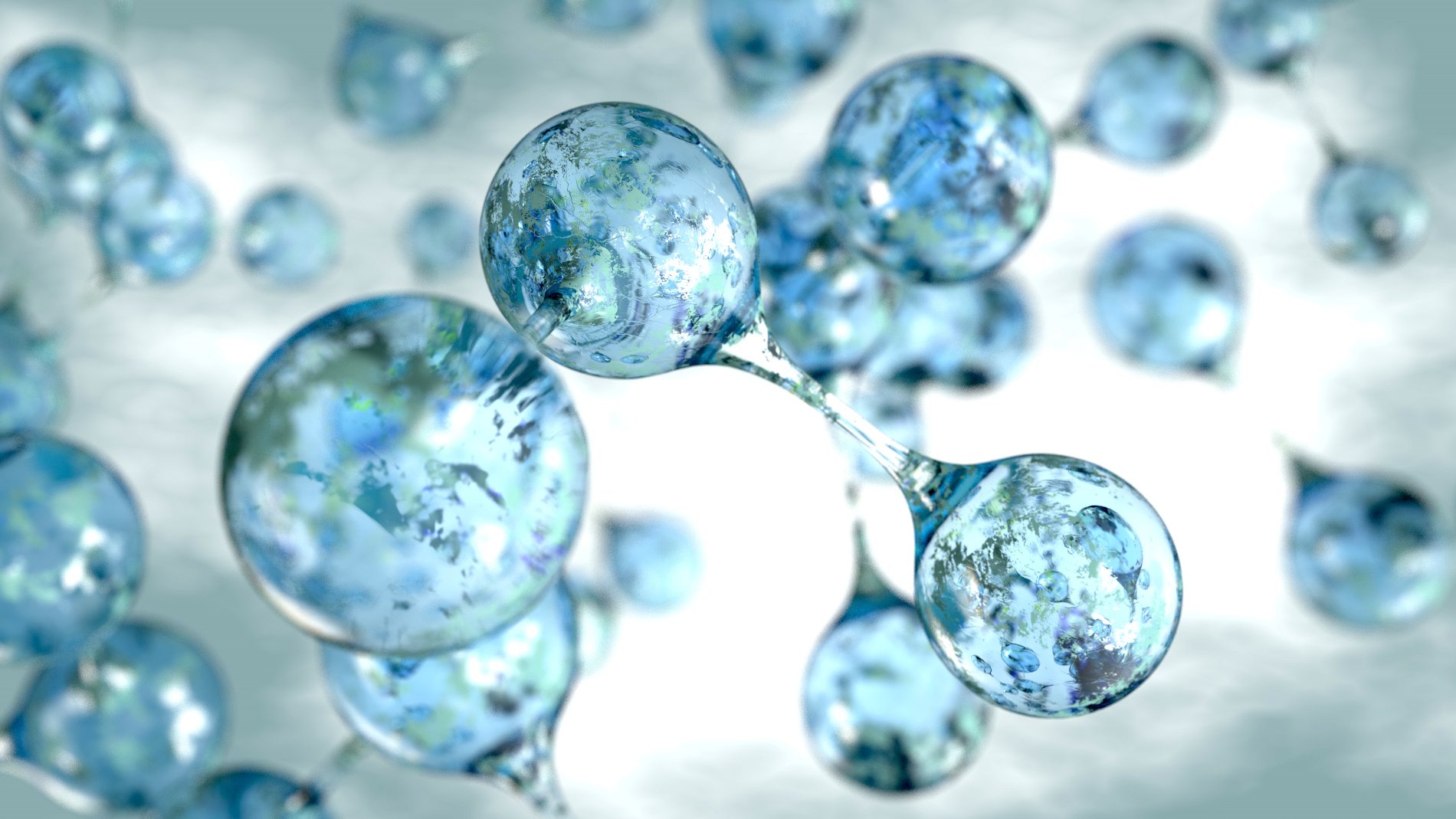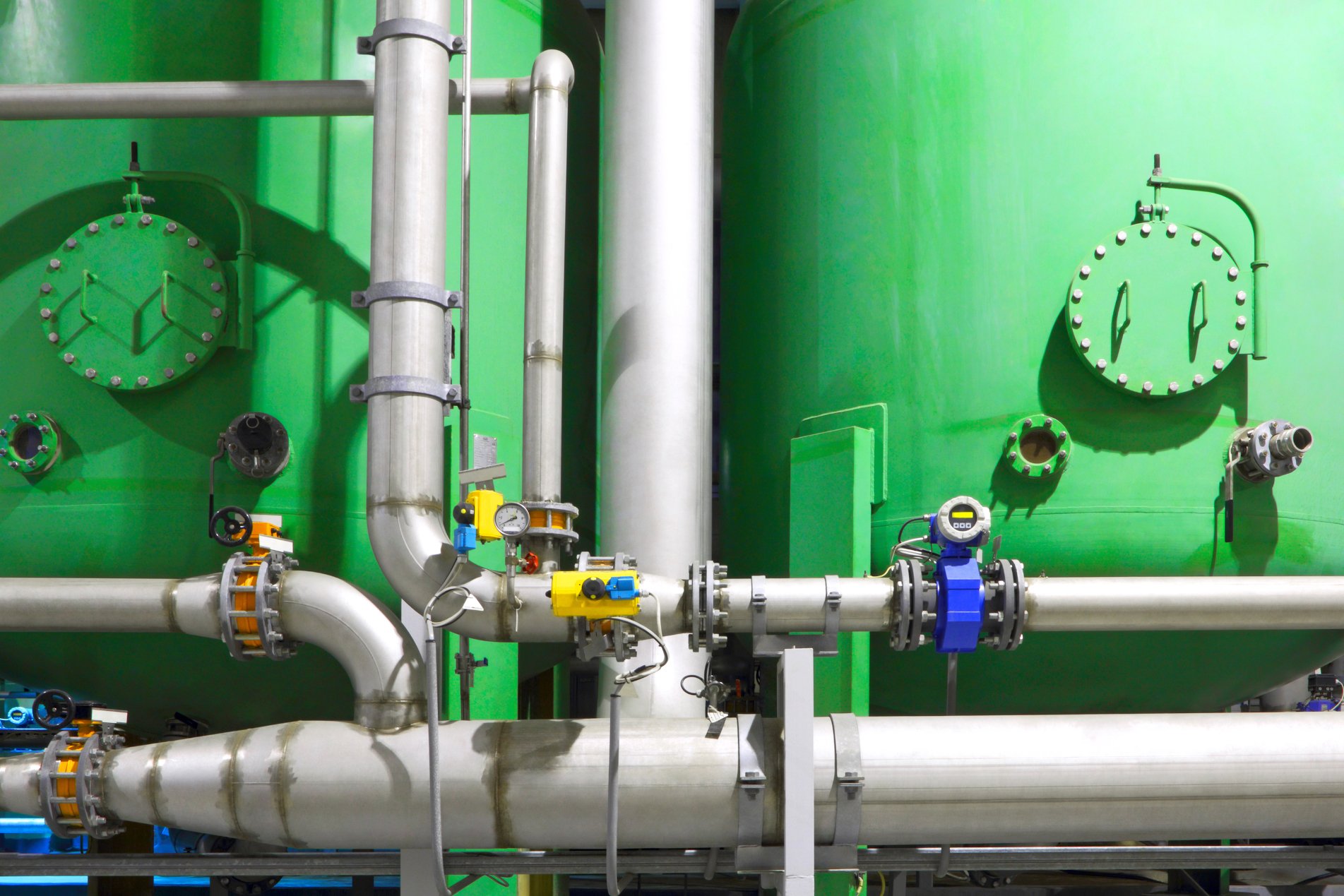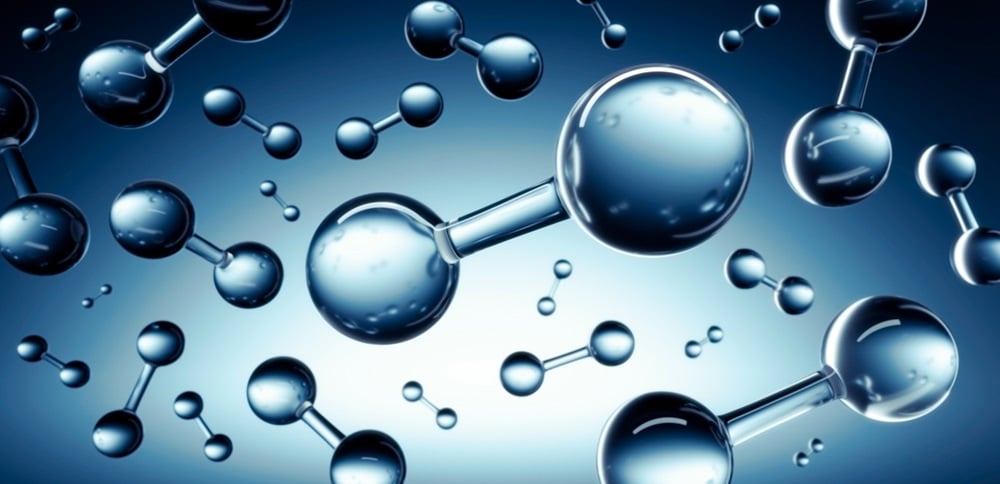Solutions for Hydrogen Vehicles
Vallourec’s technology for high-pressure hydrogen forms part of the drive toward mass commercialization of hydrogen-powered fuel cell electric vehicles (FCEVs) through the development of an increasingly robust refueling station infrastructure.
Benefits
- Solutions for high-pressure components in hydrogen refueling stations.
- Pipes intended for high-pressure storage in pressure vessels or piston accumulators.
- A unique manufacturing range which allows for the largest dimensions: up to 660mm outside diameters, wall thicknesses up to 65mm, and inner volumes up to 3,000 liters (fit for pressure up to 1,000 bar) are feasible.
- Customer support to optimize their designs to adjust to the needs of their projects and to innovate together for safe and efficient refueling stations.
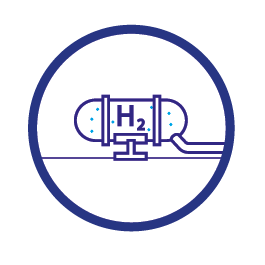
What Is Hydrogen?
Hydrogen’s physical properties make the development of robust infrastructure complex. Vallourec’s materials expertise is proving invaluable in developing the necessary solutions.
Important physical properties of hydrogen
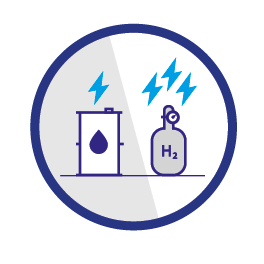
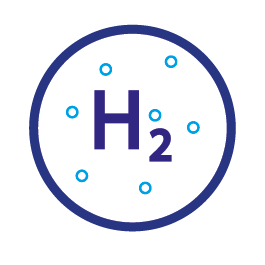
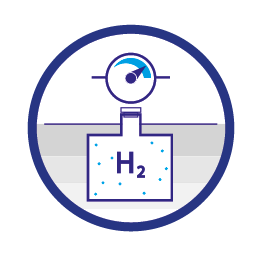

All these technical challenges will certainly find appropriate responses. Vallourec will contribute to these, so that the required infrastructure can be safely developed. In this way, the full potential of hydrogen as a low-carbon technology can be unleashed.
Documents & Resources
News – Large-scale hydrogen for a cleaner tomorrow
Dec. 2020 | by Vincent Designolle
From solar and wind to biomass, the number of cleaner alternatives to fossil fuels has exploded in recent years. But one clearly stands out from the pack: hydrogen. Already well established in industrial uses, hydrogen is now angling to conquer hard-to-decarbonize sectors like heavy transport and energy-intensive industries. To ensure success, infrastructure at a large scale will be needed to support hydrogen’s growth—a gargantuan undertaking that Vallourec is well placed to support.


